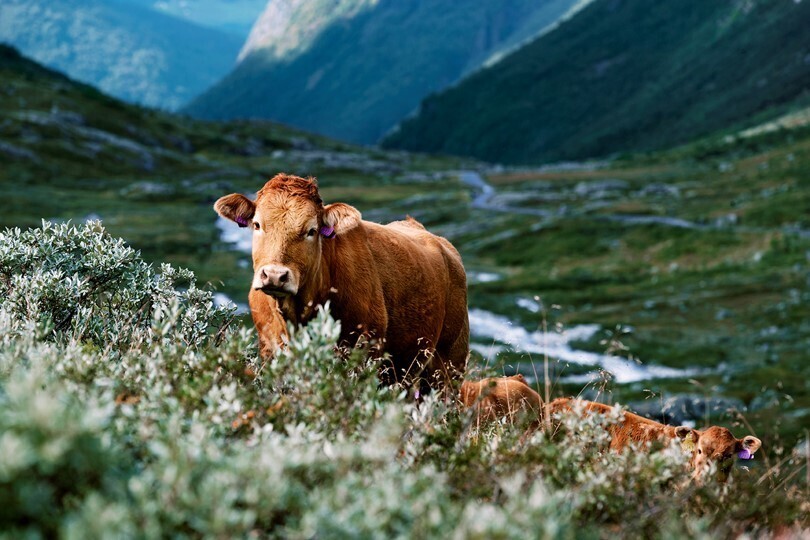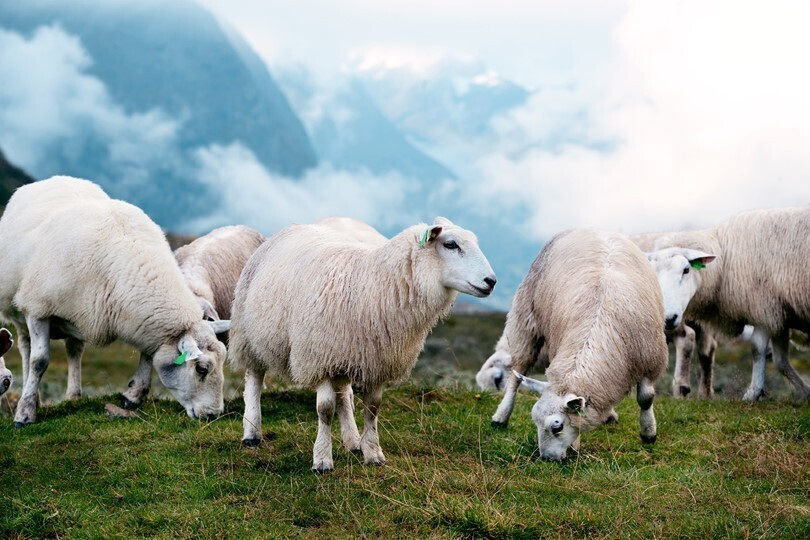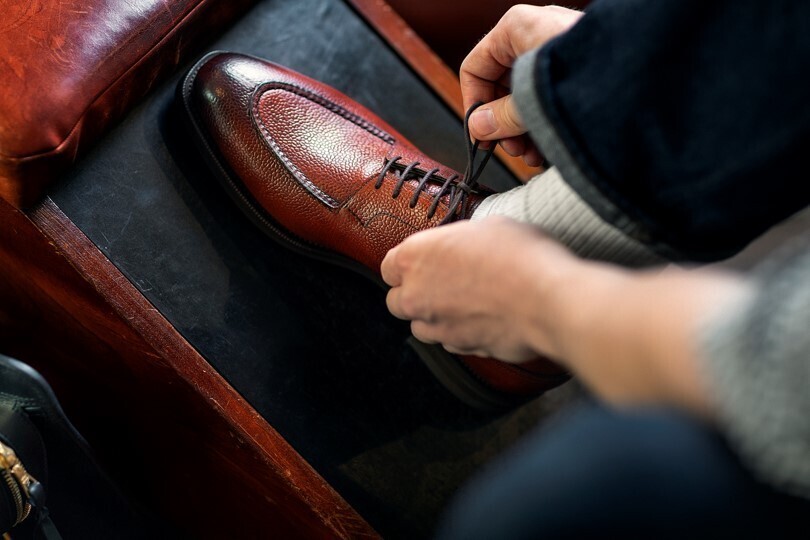
Products

Bilde: Sune Eriksen
Good animal welfare and healthy animals
The Scandinavian countries have strict regulations with regards to how animals should be taken care of, as well as how they are housed, transported, and handled at the abattoir. Animal health is good and use of antibiotics low. Antibiotics are only given when animals require it due to illness, and by prescription only. The use of growth enhancing hormones is strictly forbidden.
Low environmental footprint
Healthy animals lead to good animal welfare, safe food, and lower greenhouse gas emissions. Grazing on semi-natural pastures increases plant diversity and biological diversity as well as carbon sequestration. Ensuring that all plus-products are used in new products and new product loops contributes to the development of the bioeconomy and a more circular economy.

Bilde: Sune Eriksen

Bilde: Sune Eriksen
Contributing to a circular economy
Side-streams, or plus-products as we call them, comprise around 35% of all the biomass that comes into the meat and egg industry. Ensuring that all plus-products are used in new products and new product loops contributes to the development of the bioeconomy and a more circular economy.

Sustainable quality products
The Scandinavian countries have different preconditions for their agriculture, but what they all have in common is strict regulation regarding livestock and animal welfare. Animal health here is good, which means good animal welfare, safe food, and lower greenhouse gas emissions. Effective production, combined with animals that provide both meat and milk, contributes to lowering the greenhouse gas emissions per produced unit. Cattle and sheep contribute to biodiversity by grazing. By utilizing all plus-products to create new products, as well as new product cycles, we contribute to the development of the bioeconomy and a circular economy.

About Norilia Nordic
Norilia Nordic was established in spring 2020 by the Norwegian company Norilia AS, and the Danish company Himmerlandskød A/S. Norilia Nordic markets and sells all Nordic hides and skins from the businesses of Norilia and Himmerlandskød. The company buys refinement services from Norilia and Himmerlandskød's processing facilities. This collaboration enables us to offer a significant volume of top-quality hides and skins.

Sustainable quality products
The Scandinavian countries have different preconditions for their agriculture, but what they all have in common is strict regulation regarding livestock and animal welfare. Animal health here is good, which means good animal welfare, safe food, and lower greenhouse gas emissions. Effective production, combined with animals that provide both meat and milk, contributes to lowering the greenhouse gas emissions per produced unit. Cattle and sheep contribute to biodiversity by grazing. By utilizing all plus-products to create new products, as well as new product cycles, we contribute to the development of the bioeconomy and a circular economy.




